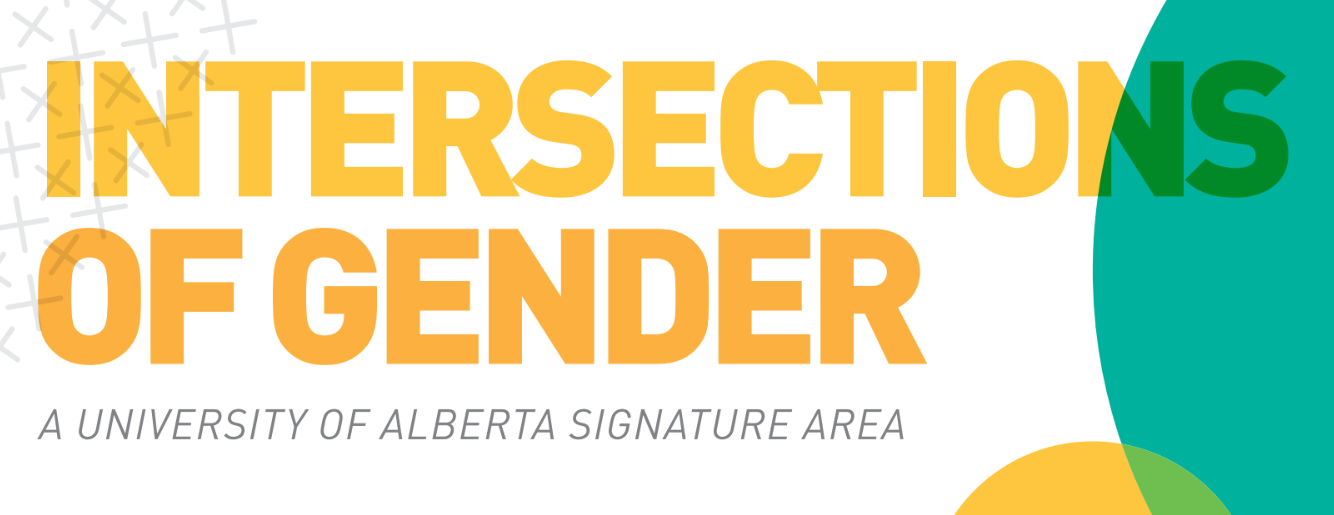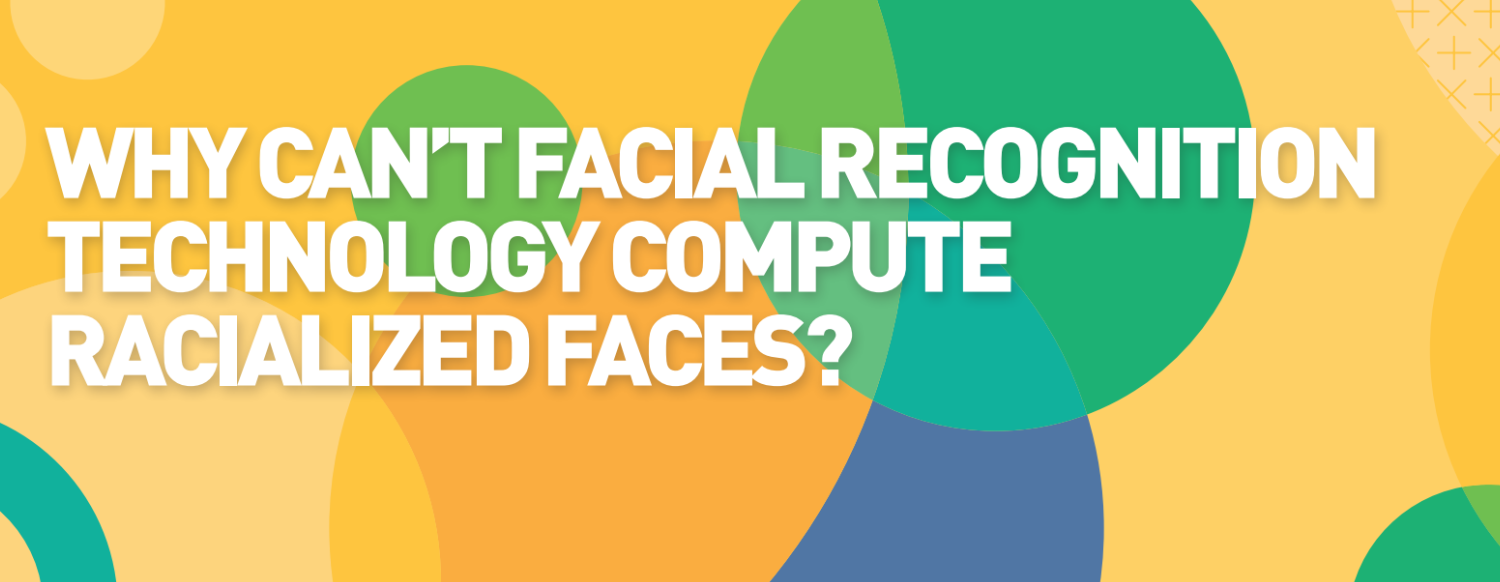
In October of 2018, when University of Alberta-led research about the role of exercise during pregnancy hit the news, a call-in show on CBC radio discussed the researchers’ recommendations. One caller identified herself as a young Indigenous woman and requested an intersectional lens on the findings. If I remember correctly, she described herself as a mother and foster parent to a disabled child. She found the recommended 150 minutes of weekly physical exercise to reduce pregnancy risks out of reach for her and others due to gender-based responsibilities for childrearing, little to no respite while raising a disabled kid, limited disposable income for a gym membership, and inadequate access to public transit.
The caller asked that our research frameworks consider the intersecting inequalities that structure all our lives through advantages and disadvantages. As the Director of Intersections of Gender, the new signature area at the U of A, I listened with great interest to this public demand for an intersectional approach and more inclusively-designed research.
As a university-wide signature area of research and teaching we are charged with promoting existing and enhancing intersectional gender research on campus. While some scholars have been rightly sceptical about the mainstreaming of intersectionality, there is also a great cost to not mainstreaming intersectional-type gender research across the Faculties.

Kimberlé Williams Crenshaw, a feminist critical race scholar and Professor at the UCLA Law School, was the first to coin “intersectionality” in 1989. Building upon at least a century of activism and theorizing by African American women, with the term Crenshaw sought to frame how different modes of oppression such as racism and sexism work together to disadvantage Black women in ways specific to and significantly different from the sexism (white) women and the racism Black men experience. In the original article Crenshaw discussed a court case in which five Black women had charged General Motors with a discriminatory seniority system that excluded them from being promoted. However, the judge turned the charges down with the rationale that General Motors was promoting (white) women and Black people (men), therefore he could find no discrimination. Without an understanding of how race and gender worked together, the judge was unable to recognize and address the specific discrimination of Black women.
The history of intersectionality as it predates Crenshaw and the ways in which the term circulates have been matters of scholarly debate. Intersectionality names an analytic approach that made accessible and legible struggles against multiple forms of discrimination in the context of global capitalism. On the other hand it has come to be universalized as the lingua franca for understanding complex social problems, appearing as it does in policy documents and in media reports including the CBC, but also The New York Times, the Guardian, and even Teen Vogue.

As a signature area, Intersections of Gender is part of the University’s strategic plan For the Public GoodFor the Public Good and seeks to complement existing intersectional EDI initiatives and research on campus. Our goal is to make visible and support the existing, often world- class gender-themed research excellence, which includes an incoming Canada 150 Chair, several Canada Research and Tory Chairs, as well as many Members of the Royal Society. We also seek to support new interdisciplinary research collaborations, enhance intersectional teaching and training, and engage communities.
Over 250 researchers across all 18 faculties and campuses already are engaged in some form of gender-themed and often intersectional research. Their research necessarily looks different in different corners of campus. Carla Hilario, an Assistant Professor in Nursing, is currently working on a SSHRC funded project that studies the mental health and well being of Newcomer Young Men to Canada, specifically Syrian refugees. For Trudeau Fellow Malinda Smith, a Professor in the Department of Political Science and Provost Fellow in Equity, Diversity, and Inclusion Policy, this involves unearthing the stories of Black Canadian women and men who were the often unacknowledged trailblazers in Canadian Higher Education, Law, Medicine, and Nursing.
As a signature area we promote an understanding that nearly all research needs to be intersectional to be successful. Thus we embrace the promise of mainstreaming intersectionality across diverse Faculties and disciplines, whilst remaining alert to the challenges of doing so.
Susanne Luhmann — Director, Intersections of Gender

Dr. Susanne Luhmann is Director of Intersections of Gender, as well as an Associate Professor and former Chair in the Department of Women’s and Gender Studies. Susanne was one of four Principal Investigators on the same-named KIAS-funded project, and was recognized along with this team as AWA Women of the Year in 2018. Susanne has research interests that traverse a number of topics and fields, including trauma and cultural memory, queer and feminist pedagogy, sexuality studies, and the (ongoing) formation of academic Women’s and Gender Studies. Susanne’s guiding philosophy in shaping Intersections of Gender is to work towards a signature area that the University of Alberta and wider communities envision.